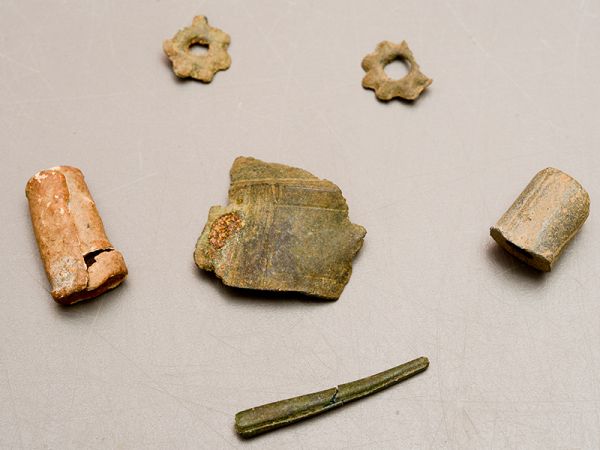
We know that St. Augustine (established in 1565) is the oldest existing European community in the U.S. We know Jamestown (1607) is the oldest English community, and although the Roanoke colony was settled earlier, it did not survive. Such was the case of the Luna settlement, a Spanish colony in Florida that was the first multi-year European settlement in what would became the United States. Spanish conquistador Tristán de Luna y Arellano settled his expedition in what is now Pensacola, Florida, in 1559. Stranded by a hurricane that wrecked their ships, the colony lasted until 1561. It’s exact location was lost to history -until now.
Discoveries by local historian Tom Garner in October and research afterward by University of West Florida archaeologists confirmed where Don Tristan de Luna established his Spanish colony in August 1559 – six years before the St. Augustine settlement and nearly 48 years before the English settled in Jamestown, Va.It’s not just a few artifacts, either. Excavations by the University of West Florida have yielded a lot of evidence of the Luna settlement, which you can read about at the Pensacola News Journal.
The historical site is in an urban downtown neighborhood within view of the two shipwrecks linked to the Luna expedition in Pensacola Bay. UWF declined to reveal the exact location to protect the neighborhood and integrity of the site.
“This is one of those almost once-in-a-lifetime type things,” said John Worth, associate professor of historical archaeology in the UWF Department of Anthropology and a 16th Century Spanish historian. “I figured if the Luna colony would be found it would probably be found accidentally. I did not expect it would occur during my tenure here necessarily. I just figured eventually we might find it, somebody would. I guess this is the culmination. I didn’t even hope to find it as much as just wish.”

No comments:
Post a Comment